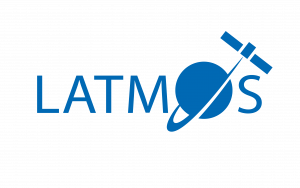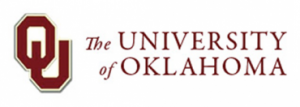Partners
The international field experiment brings together two funded projects:
 |
Arctic Summer-time Cyclones funded by the Natural Environmental Research Council in the UK.
The observational component of this project centres on the BAS Twin Otter aircraft flying at low levels measuring atmospheric turbulence and the sea ice properties beneath. |
 |
RALI-THINICE funded as part of the Office of Naval Research Arctic Cyclone Directed Research Initiative.
The observational component of this project centres on the SAFIRE Falcon aircraft and remote sensing looking downwards from 10 km. |
Three leading forecast centres are partners on the NERC project: the Met Office, ECMWF and Met Norway. Understanding of the physical processes that couple the atmosphere, ocean and sea ice is incomplete and the new frontier in prediction is to model this coupled system with fidelity and skill. Our partners are striving to improve capability in this area. The improved representation of atmospheric drag due to ice will be developed and tested within the Met Office prediction model framework as part of the project. The project presents a systematic approach to pull through from research into better weather forecasts for the Arctic region.
 |
Met Office, UK |
 |
European Centre for Medium-range Weather Forecasting |
| Norwegian Meteorological Institute |
The NERC project team brings together researchers from the University of Reading, University of East Anglia, British Antarctic Survey, National Centre for Atmospheric Science and Centre for Polar Observation and Modelling in the UK.
The THINICE-RALI project brings together researchers from France and the USA.
 |
Laboratoire de Météorologie Dynamique (LMD) |
 |
Laboratoire Atmosphères, Observations Spatiales |
 |
University of Oklahoma |
 |
Naval Research Laboratory, Monterey |
The University Centre in Svalbard (UNIS) are our local collaborators while we are on experiment.
 |
University Centre in Svalbard (UNIS) |
